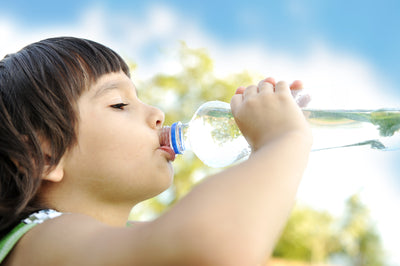Arsenic Found in Whole Foods Bottled Water
RSS
Analies Dyjak | Policy Nerd
Starkey bottled water, a Whole Foods company, is facing push back after 2000 cases were recalled for containing unsafe levels of arsenic in their bottled water. Several other popular bottled water brands also had arsenic concentrations hovering at or just below the regulatory limit. Production of certain Keurig Dr Pepper bottled water has been suspended due to arsenic for the same reason. The company found that one of it’s bottled water brands (Penafiel’s) had an average arsenic concentration of 17 ppb. We were not at all surprised to hear that water being pumped from a 2-mile deep aquifer contains arsenic.
Tap and bottled water are regulated by two different agencies: Environmental Protection Agency regulates tap water, while the Food and Drug Administration regulates bottled water. Both agencies follow the same standard for arsenic of 10 parts per billion.
This regulatory standard has more to do with weighing financial costs and less to do with human health. Like any contaminant, EPA has to weigh the costs of the regulation with the benefits of remediating it at the municipal level. When the arsenic standard was up for review in 2001, scientists pushed for a 3 parts per billion threshold, but ultimately EPA agreed on 10 parts per billion. Several toxicological studies have confirmed that a limit of 10 parts per billion is too high to offer meaningful protection against the adverse health effects associated with arsenic in drinking water. In this context, the arsenic concentrations found in bottled water are alarming.
Arsenic is unlike other drinking water contaminants. It doesn’t leach from older distribution pipes like lead, and it’s not a byproduct of chemical manufacturing like PFAS. Arsenic is a naturally occurring heavy metal found in bedrock, which leaches into groundwater overtime. For this reason, it’s typically only found in source water that draws from underground aquifers.
There’s a public misconception that groundwater is more “pure” than surface water sources. Surface water assists in recharging groundwater aquifers, and vice versa. The reality is that there’s very little regulatory oversight for groundwater sources, and the definition of “natural spring” remains ambiguous. In some ways, bottled water is actually less regulated than tap water. Tap water brands aren’t required to disclose where they actually source their water. These brands often use marketing imagery to project pristine source water, without any actual insight into how it’s sourced.



